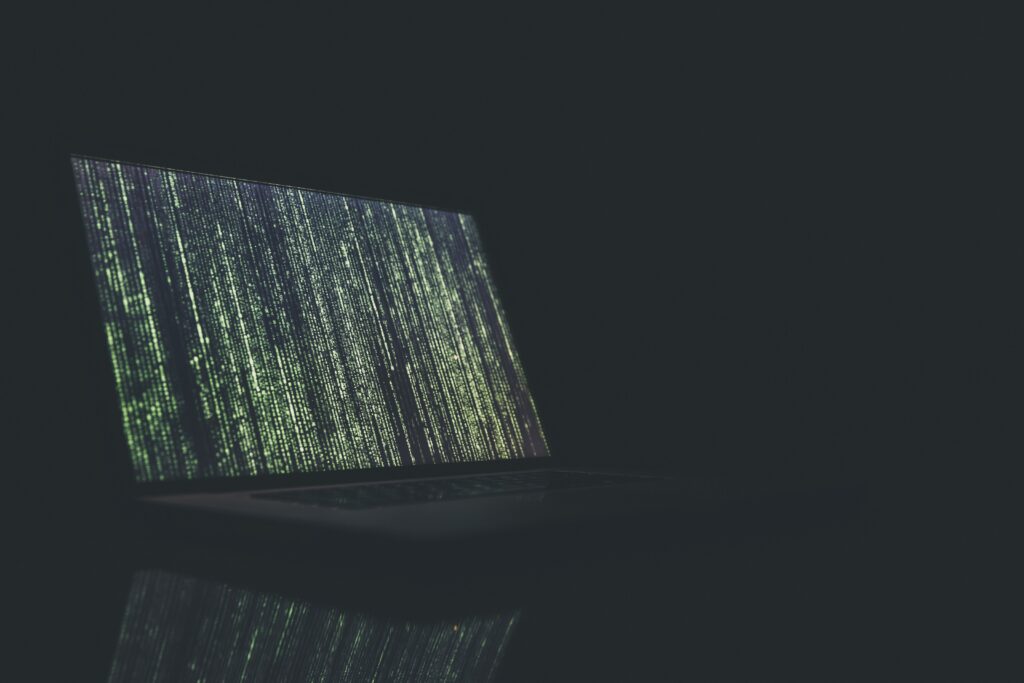TechCrunch: Microsoft reveals how hackers stole its email signing key… kind of

In a recent revelation, Microsoft has disclosed the details of how hackers managed to steal its email signing key. This unfortunate incident, orchestrated by a China-backed hacking group, granted them almost unrestricted access to the U.S. government’s emails. This incident sheds light on the critical need for robust cybersecurity measures, especially in the realm of email communication, where sensitive information is constantly exchanged. As technology continues to evolve, businesses and individuals alike must remain vigilant and proactive in safeguarding their digital assets and personal data.
Microsoft reveals how hackers stole its email signing key… kind of.

Background on the hacking incident
In the fast-paced world of cybersecurity, even the biggest tech giants are not immune to attacks. Microsoft, one of the world’s largest software companies, recently found itself at the center of a major hacking incident. The incident involved the theft of the company’s email signing key, potentially granting the hackers unfettered access to sensitive information.
Microsoft’s initial response
Upon discovering the breach, Microsoft immediately sprung into action to contain the attack and mitigate the potential damage. The company’s incident response team worked tirelessly to understand the scope of the breach and identify the vulnerabilities that were exploited by the hackers. Microsoft also notified affected customers and engaged with government agencies to ensure a coordinated response.

Investigation into the attack
To better understand the attack and prevent future incidents, Microsoft launched a comprehensive investigation into the incident. The company formed an incident response team consisting of cybersecurity experts and initiated a forensic analysis of the compromised systems. Through this investigation, Microsoft aimed to trace the origin of the attack and identify the methods and techniques employed by the hackers.
Details of the attack
The attack on Microsoft involved a series of unfortunate and cascading mistakes that allowed a sophisticated hacking group to steal the company’s email signing key. This key granted the hackers near-unfettered access to not only Microsoft’s internal systems but also potentially to U.S. government agencies. The hackers used various methods to gain initial access, including exploiting vulnerabilities in the system and employing sophisticated social engineering techniques.
Once inside, the hackers employed techniques to evade detection and exfiltrated sensitive data. The attack lasted for a significant duration, giving the hackers ample time to access and steal valuable information.

Hackers’ access to U.S. government agencies
One of the concerning aspects of the attack was the potential access the hackers had to U.S. government agencies. Given Microsoft’s widespread usage in various government sectors, the breach raised serious concerns about national security. As part of their response, Microsoft collaborated closely with government agencies to investigate the extent of the breach and implement necessary mitigation measures.
Damage caused by the attack
The attack had severe consequences both for Microsoft and its customers. Internally, the breach resulted in a compromise of Microsoft’s internal systems, leading to disruptions in operations and potentially impacting the company’s ability to serve its customers. Additionally, customer data was compromised, leading to potential privacy and security concerns. The financial implications for Microsoft were significant, with costs associated with incident response, remediation efforts, and potential legal actions.

Collaboration with law enforcement agencies
Microsoft’s response to the attack extended beyond its internal efforts. The company actively collaborated with law enforcement agencies, including federal authorities and international partners, to identify and apprehend the hackers responsible for the attack. Legal actions were taken against the hackers to ensure accountability for their actions.
Steps taken to prevent future attacks
In light of the attack, Microsoft took immediate steps to enhance its cybersecurity measures. The company implemented multi-factor authentication across its systems to add an extra layer of security. Regular security audits and penetration testing were conducted to identify and address vulnerabilities. Microsoft also focused on education and training for its employees to increase security awareness and reduce human error. Additionally, the company established partnerships with other tech companies to share threat intelligence and foster a collaborative approach to cybersecurity.

Impact on Microsoft’s reputation and trust
The attack had a significant impact on Microsoft’s reputation and trust among its customers and the wider tech industry. While the company’s swift response and transparency in sharing details about the attack were commendable, the incident raised questions about the effectiveness of Microsoft’s security measures and the safety of its products and services. Rebuilding trust and ensuring the security of customer data became a priority for Microsoft in the aftermath of the attack.
Lessons learned from the incident
The incident served as a valuable learning opportunity for Microsoft and the wider cybersecurity community. Microsoft recognized the importance of continuously improving incident response capabilities and investing in proactive threat detection measures. Ongoing monitoring of systems for suspicious activities and continuous evaluation and enhancement of security measures became integral to Microsoft’s cybersecurity strategy.
In conclusion, the hacking incident faced by Microsoft shed light on the constantly evolving nature of cybersecurity threats and the need for robust measures to protect sensitive information. Through its response to the attack, Microsoft demonstrated its commitment to addressing cybersecurity challenges head-on and leveraging the incident as an opportunity for learning and improvement. The incident serves as a reminder for organizations of all sizes to remain vigilant and proactive in their efforts to safeguard their systems and data.






